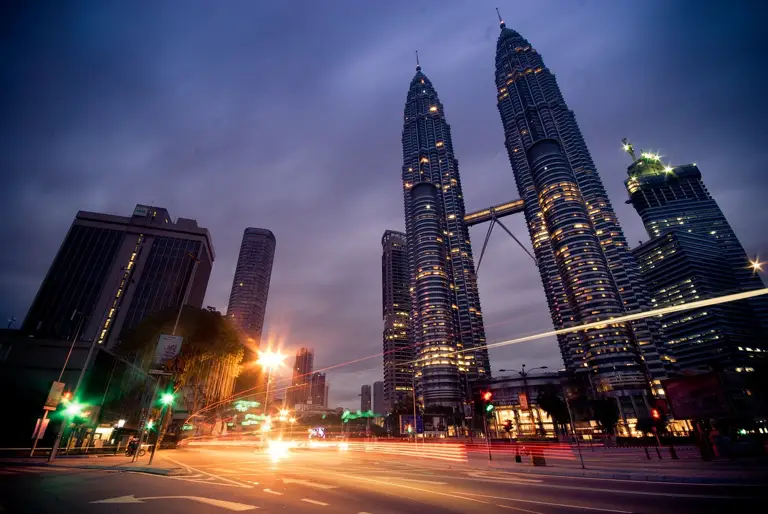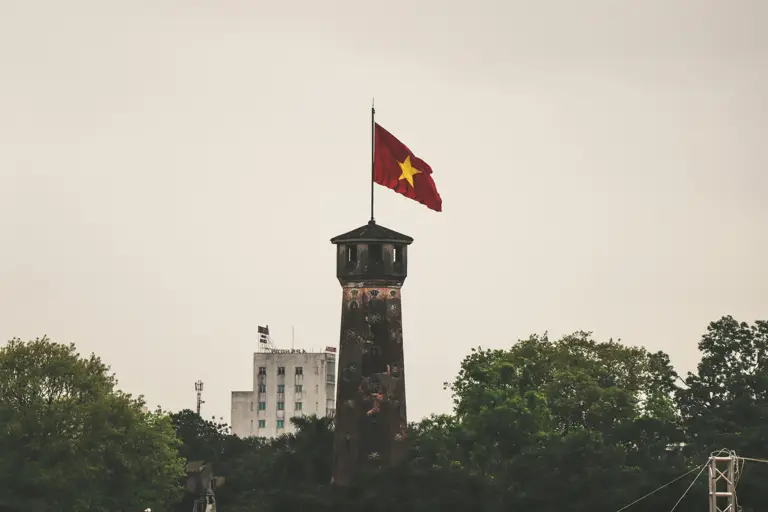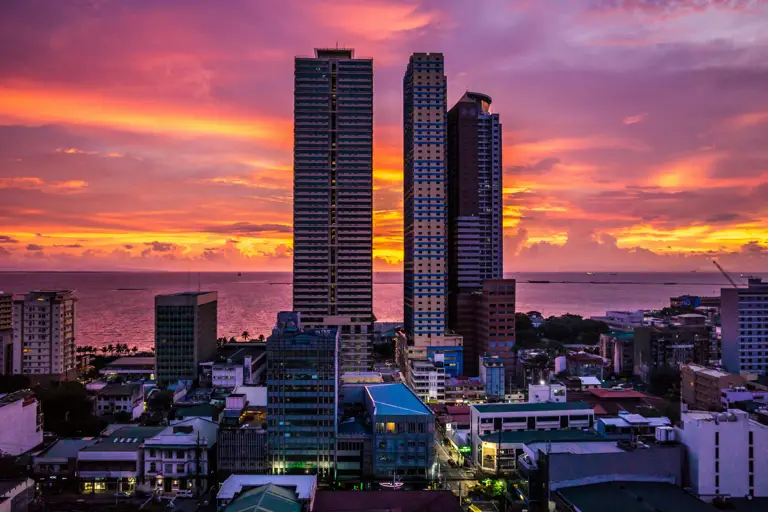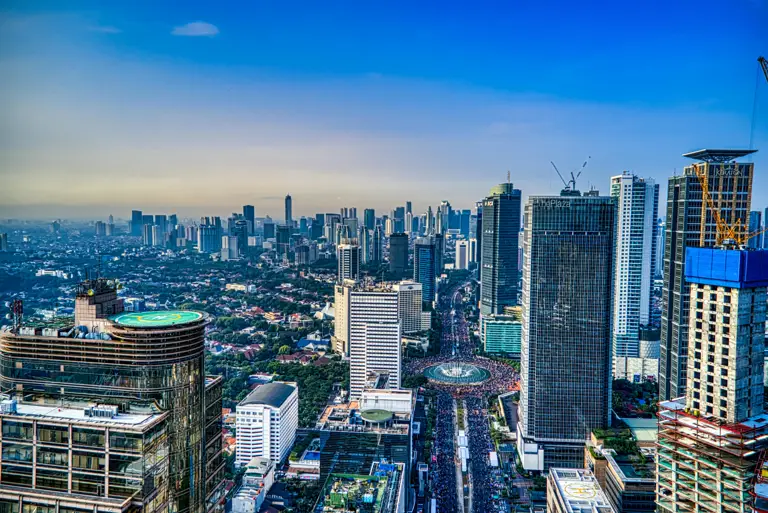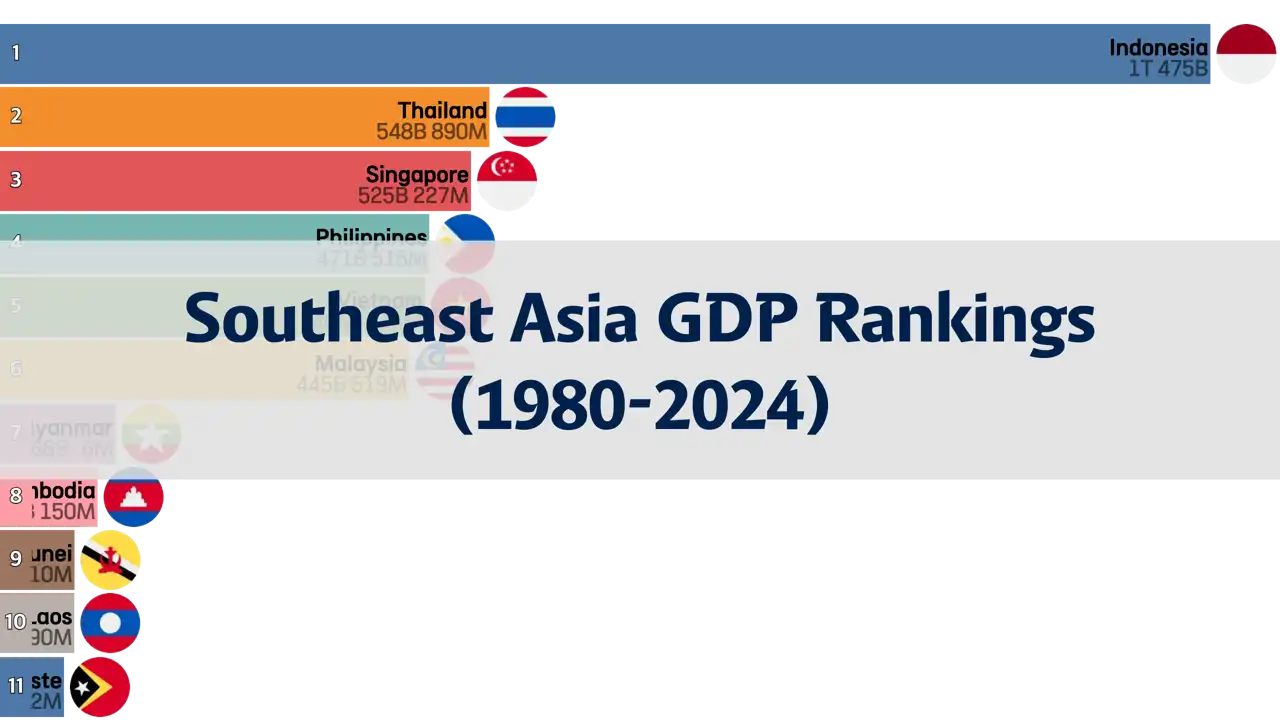
Exploring Southeast Asia's GDP Rankings in 2023: Which Nation Leads the Pack?
- ASUMUP
- National Rankings / Asia & Oceania
- August 31, 2024
Southeast Asia is a region known for its dynamic economies and diverse cultures. In 2023, the economic landscape of this region presents an interesting mix of growth trajectories, challenges, and opportunities. The GDP (Gross Domestic Product) of each country provides insight into its economic health, global standing, and the prosperity of its citizens. From the bustling metropolises of Indonesia to the emerging markets of Vietnam and the resilient economy of Singapore, each country in Southeast Asia offers a unique economic story. In this post, we will delve into the GDP rankings of Southeast Asian nations for 2023, highlighting the economic powerhouses, the rising stars, and the challenges faced by smaller economies.
Southeast Asia's GDP Leaders 2023
- 1st Indonesia - $1.37 trillion
- 2nd Thailand - $514.9 billion
- 3rd Singapore - $501.4 billion
- 4th Philippines - $436.6 billion
- 5th Vietnam - $433.7 billion
- 6th Malaysia - $415.6 billion
- 7th Myanmar - $64.5 billion
- 8th Cambodia - $41.9 billion
- 9th Laos - $15.2 billion
- 10th Brunei - $15.1 billion
10th Brunei - $15.1 billion
Brunei, with a GDP of $15.1 billion in 2023, ranks as the smallest economy in Southeast Asia. The country's economy is heavily reliant on oil and gas exports, which constitute the vast majority of its GDP. Brunei's small population and abundant energy resources have resulted in a high GDP per capita, but the country's dependence on hydrocarbons makes it vulnerable to fluctuations in global oil prices. To mitigate these risks, Brunei has been working on diversifying its economy, although progress has been slow.
The government of Brunei is focusing on developing sectors such as finance, tourism, and halal industries to reduce reliance on oil and gas. Additionally, efforts are being made to improve education and workforce skills to support economic diversification. While Brunei's economy remains heavily dependent on energy exports, the country's wealth and strategic investments position it for potential growth in other sectors.
9th Laos - $15.2 billion
Laos, with a GDP of $15.2 billion in 2023, is one of the smaller economies in Southeast Asia, ranking ninth. The country's economy is largely dependent on agriculture, hydropower, and mining, with limited industrial and service sectors. Laos has significant hydropower resources, and the country has been exporting electricity to its neighbors, which has become a major revenue source. However, Laos faces challenges such as geographic isolation, limited infrastructure, and reliance on a narrow range of industries.
To address these issues, Laos is focusing on improving its infrastructure, developing its tourism sector, and seeking to diversify its economy. The government's efforts to attract foreign investment and enhance regional connectivity are crucial for the country's economic development. While the challenges are significant, Laos has the potential to leverage its natural resources and strategic location to foster growth.
8th Cambodia - $41.9 billion
Cambodia's economy ranks eighth in Southeast Asia with a GDP of $41.9 billion in 2023. The country's economic growth is largely driven by garment manufacturing, tourism, and agriculture. Cambodia has made significant progress in reducing poverty and improving living standards over the past two decades, thanks to economic reforms and increased foreign investment. Phnom Penh, the capital, is the economic center, with growing industries and a developing infrastructure.
Despite these achievements, Cambodia faces challenges such as limited industrial diversification, infrastructure deficits, and corruption. To sustain its economic growth, Cambodia is focusing on diversifying its economy, improving education and skills training, and attracting more foreign direct investment. With continued efforts, Cambodia aims to transition from a lower-middle-income to an upper-middle-income country in the coming years.
7th Myanmar - $64.5 billion
Myanmar's economy, with a GDP of $64.5 billion in 2023, ranks seventh in Southeast Asia. The country's economy is primarily agrarian, with agriculture being the largest sector, followed by industries such as mining and manufacturing. Myanmar has significant natural resources, including oil, gas, and minerals, which contribute to its economic output. However, the country faces significant challenges, including political instability, ongoing conflicts, and underdeveloped infrastructure.
Economic sanctions and internal unrest have severely impacted Myanmar's growth prospects. Despite these challenges, there are opportunities for development, particularly in sectors like agriculture, energy, and tourism, if political stability can be achieved. International aid and investment will be crucial in supporting Myanmar's efforts to rebuild its economy and improve the livelihoods of its people.
6th Malaysia - $415.6 billion
Malaysia's economy ranks sixth in Southeast Asia with a GDP of $415.6 billion in 2023. The country's economy is diversified, with key sectors including manufacturing, services, and commodities like oil and gas. Malaysia's strategic location, well-developed infrastructure, and strong trade ties have made it a regional hub for trade and investment. Kuala Lumpur, the capital, serves as a financial and business center, attracting multinational corporations and investors.
Despite its strengths, Malaysia faces challenges such as income inequality, political uncertainty, and the need for economic diversification beyond its traditional industries. The government is focusing on digital transformation, green technology, and higher value-added industries to sustain economic growth and improve competitiveness. With these efforts, Malaysia aims to achieve high-income status in the coming years.
5th Vietnam - $433.7 billion
Vietnam, with a GDP of $433.7 billion in 2023, is one of the fastest-growing economies in Southeast Asia. The country's economic growth is fueled by strong manufacturing and export sectors, particularly in electronics, textiles, and agricultural products. Vietnam has also become a popular destination for foreign direct investment (FDI) due to its competitive labor costs, strategic location, and government incentives. The country's young and dynamic workforce further supports its rapid economic expansion.
However, Vietnam faces challenges such as infrastructure bottlenecks, environmental sustainability, and the need for continued reforms in the business environment. To sustain its growth trajectory, Vietnam is focusing on improving its infrastructure, enhancing education and skills training, and promoting innovation. As Vietnam continues to integrate more deeply into the global economy, it is expected to play an increasingly important role in regional and global supply chains.
4th Philippines - $436.6 billion
The Philippines stands as the fourth-largest economy in Southeast Asia with a GDP of $436.6 billion in 2023. The country's economy is diverse, with significant contributions from the services sector, particularly in business process outsourcing (BPO), remittances from overseas Filipino workers, and a growing industrial base. The Philippines has a young and growing population, which drives consumer demand and supports long-term economic growth.
However, the Philippines faces challenges such as infrastructure deficits, vulnerability to natural disasters, and political instability. To address these issues, the government has been focusing on infrastructure development through its 'Build, Build, Build' program, aiming to improve connectivity and boost economic activity. Despite the challenges, the Philippines' economy remains resilient, with strong growth potential in the coming years.
3rd Singapore - $501.4 billion
Singapore, despite its small size, remains an economic powerhouse in Southeast Asia with a GDP of $501.4 billion in 2023. Known for its highly developed and free-market economy, Singapore excels in finance, logistics, and high-tech industries. The city-state's strategic location, business-friendly environment, and world-class infrastructure make it a global hub for trade and investment. Singapore's GDP per capita is one of the highest in the world, reflecting the country's high standard of living and economic prosperity.
Singapore's economy is heavily dependent on international trade, and it faces external risks, including global economic fluctuations and trade tensions. Nevertheless, Singapore continues to adapt by investing in innovation, education, and digitalization, ensuring its long-term economic resilience. The government's proactive approach to economic challenges and its ability to attract global talent keep Singapore at the forefront of regional and global economies.
2nd Thailand - $514.9 billion
Thailand ranks as the second-largest economy in Southeast Asia with a GDP of $514.9 billion in 2023. Known for its strong tourism industry, Thailand's economy also benefits from a robust manufacturing sector, particularly in automotive and electronics. The country has been a major exporter in these industries, leveraging its strategic location and well-developed infrastructure. However, the Thai economy faces challenges, including political instability and an aging population, which could impact future growth.
To sustain its economic momentum, Thailand is focusing on transitioning to a more digital and innovative economy, investing in technology and education. The government's efforts to promote high-value industries and develop the Eastern Economic Corridor (EEC) as a technological and logistics hub are seen as key to Thailand's long-term economic resilience.
1st Indonesia - $1.37 trillion
Indonesia, the largest economy in Southeast Asia, continues to lead the region with a GDP of approximately $1.37 trillion in 2023. This vast archipelago has a diverse economy, heavily driven by its rich natural resources, a growing manufacturing sector, and a burgeoning digital economy. Jakarta, the capital, serves as the economic hub, with significant contributions from sectors like mining, agriculture, and services. The nation's young and rapidly growing population also fuels consumer spending, further bolstering economic growth. However, Indonesia faces challenges such as infrastructure gaps and the need for more sustainable development practices.
Despite these hurdles, Indonesia's strategic location and its large, resilient domestic market continue to make it an attractive destination for foreign investment. As the government pushes forward with economic reforms and infrastructure development, Indonesia is poised to maintain its position as a regional leader for years to come.
Other Posts in the National Rankings / Asia & Oceania
Categories
- National Rankings(43)
- Science & Technology(1)
- Sports(24)
- Economy(30)
- Society(12)
- Culture(7)
Recent Posts
![Bayern Spent HOW MUCH on Harry Kane?! Ranking Their Top 10 Biggest Signings Ever]() A deep dive into Bayern Munich's ten most expensive transfers, exploring how the club's spending strategy has evolved to chase European glory.
A deep dive into Bayern Munich's ten most expensive transfers, exploring how the club's spending strategy has evolved to chase European glory.![Arsenal's Record-Shattering Spree: From a €116M Gamble to a Flop, Who Was Worth the Cash?]() A deep dive into Arsenal's top 10 most expensive signings, analyzing the successes, the failures, and the massive fees that have defined the club's modern transfer strategy.
A deep dive into Arsenal's top 10 most expensive signings, analyzing the successes, the failures, and the massive fees that have defined the club's modern transfer strategy.![Chelsea Cashes In BIG TIME! Who Really Won the 25/26 Summer Transfer Window Money Game?]() A deep dive into the top 10 clubs that made the most money from player sales during the wild 25/26 summer transfer window.
A deep dive into the top 10 clubs that made the most money from player sales during the wild 25/26 summer transfer window.![Liverpool's Record-Breaking €483M Spree! Did They Just Buy the Premier League Title?]() A deep dive into the 25/26 summer transfer window reveals Liverpool's record-breaking spending spree as Premier League clubs continue to dominate the market.
A deep dive into the 25/26 summer transfer window reveals Liverpool's record-breaking spending spree as Premier League clubs continue to dominate the market.![You Won't Believe How Much a Loaf of Bread Costs in These Countries! (Spoiler: It's INSANE)]() This post explores the top 10 countries with the most expensive bread, revealing how factors like import reliance and tourism dramatically inflate the cost of this basic staple.
This post explores the top 10 countries with the most expensive bread, revealing how factors like import reliance and tourism dramatically inflate the cost of this basic staple.





